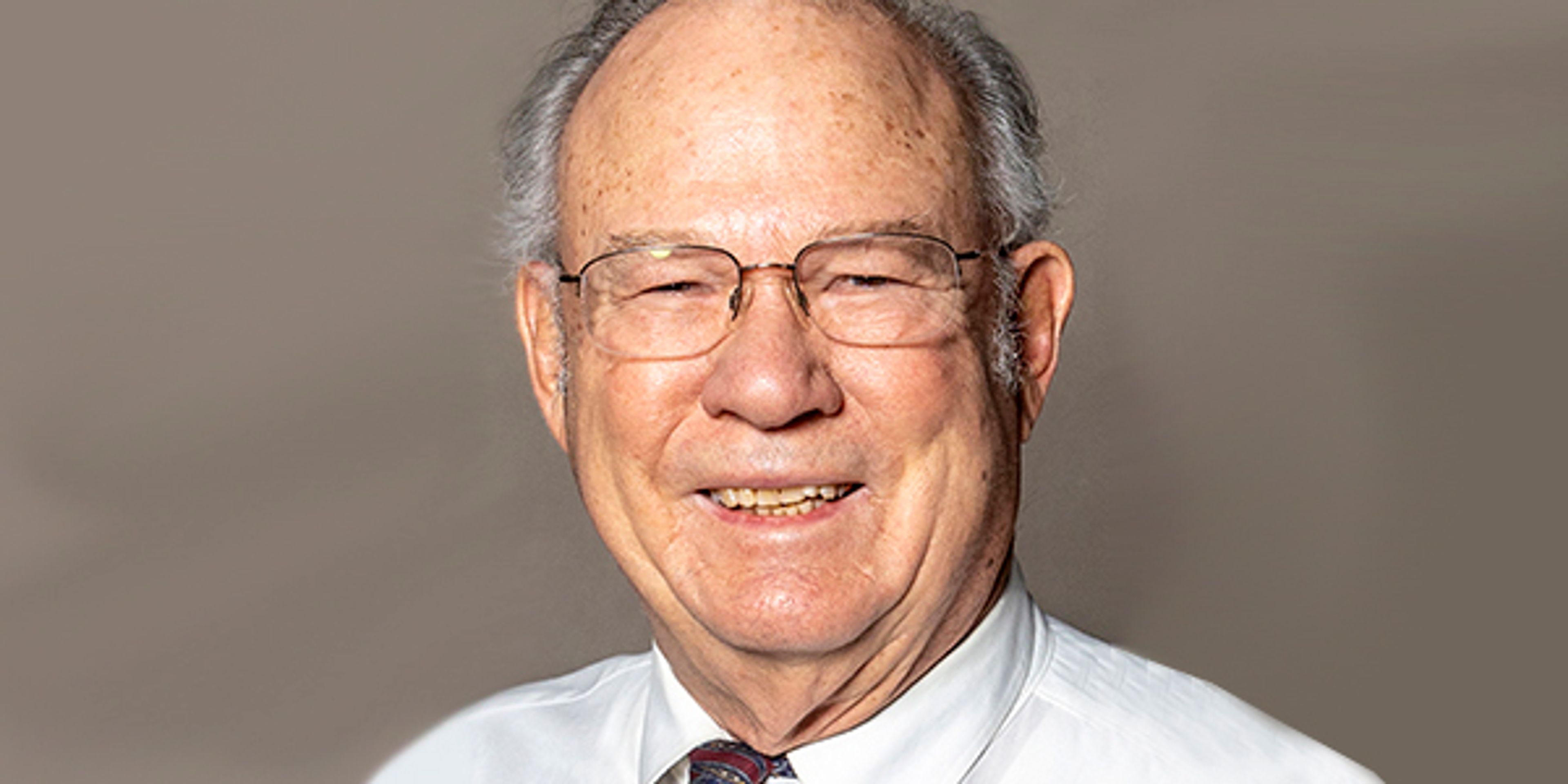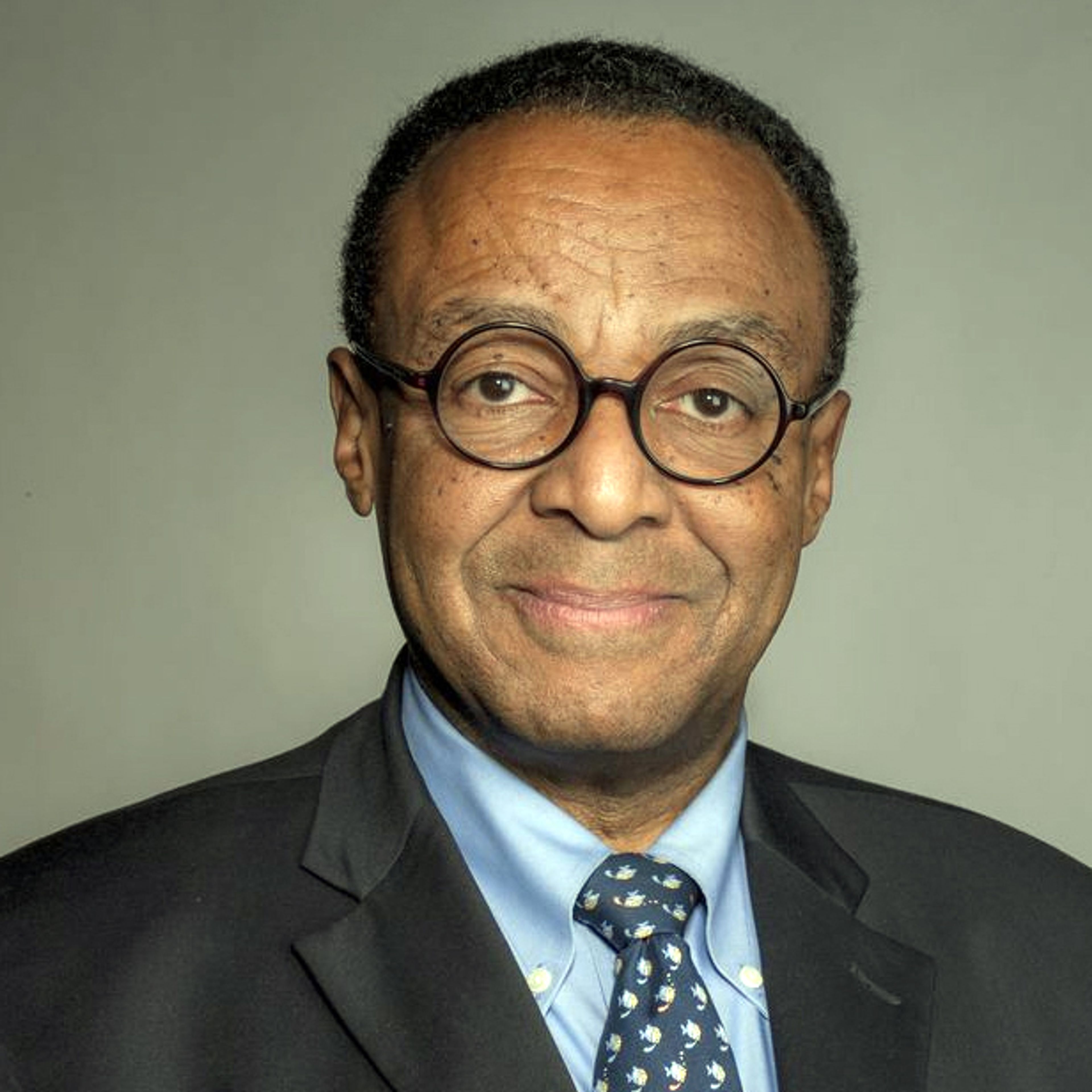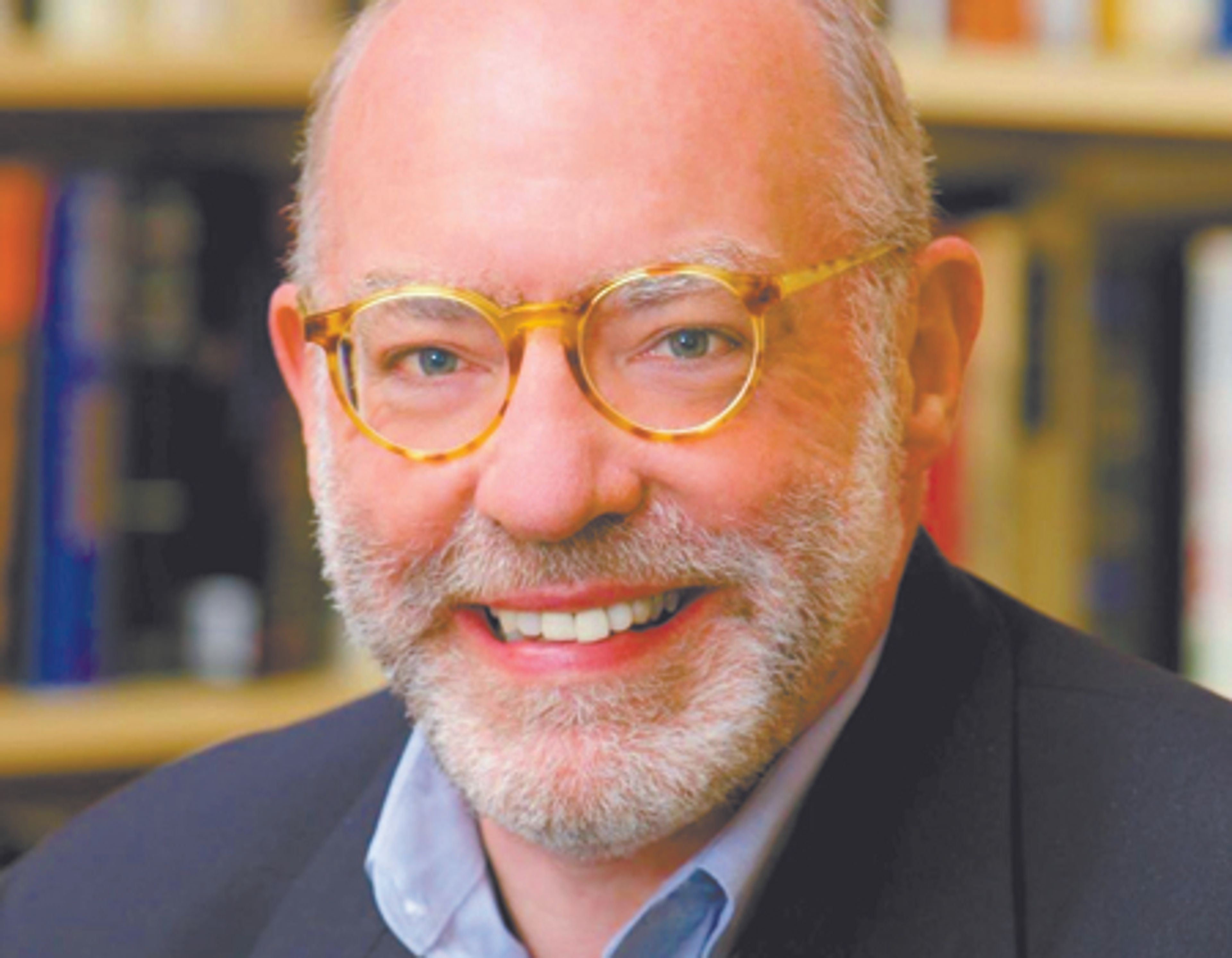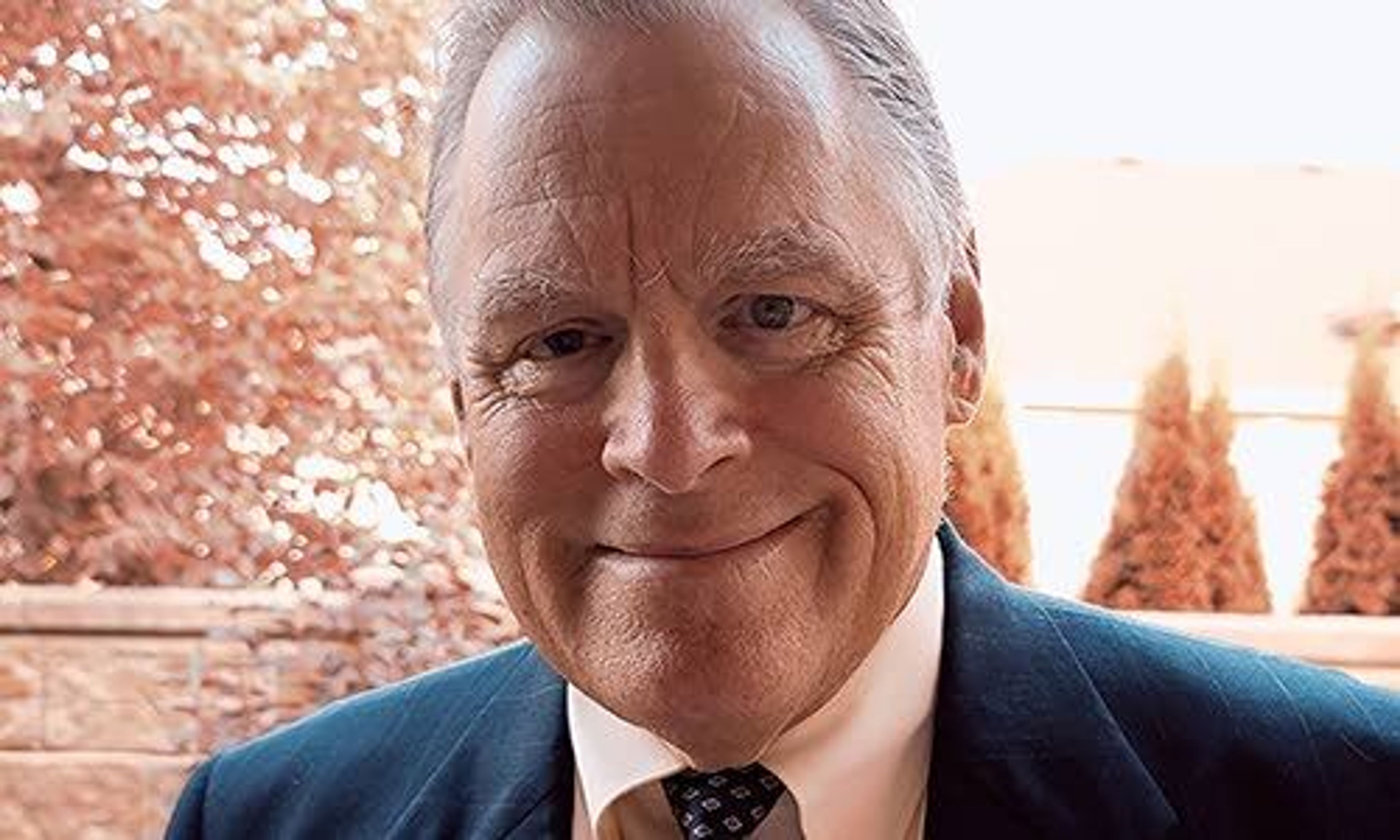OPINION: School construction funding must be adjusted
Guest Editorial: Another Newspaper’s Opinion
This editorial was published in The Columbian of Vancouver, Wash.
———
A ruling last week by the Washington Supreme Court extends well beyond the issue of school construction. It also highlights a growing nihilism that threatens the foundation of our society.
The immediate question involves a lawsuit filed by the Wahkiakum School District in a rural county of about 4,500 residents along the Columbia River. District officials argued that the state should pay the costs of basic school construction; the state constitution, after all, says that public education is the “paramount duty” of the Legislature.
But in a unanimous opinion, the Supreme Court ruled that school districts and the state must continue to share the costs of construction. Referring to state law, the justices wrote: “The State argues that these provisions show that the constitution treats school capital costs as a shared responsibility between the State and local school districts. We agree.”
That responsibility can be a burden for small districts. In Wahkiakum County, the high school has had no significant upgrades since it was built in 1962. Local voters have routinely rejected bond measures to fund improvements, and The Seattle Times has written editorially: “Students, as a result, are trying to learn beneath ceilings that leak, while shivering under blankets because the heating system often fails. Ventilation is so poor that science experiments must be conducted outside on the bleachers.”
That is an appalling situation for a high school in a state that values public education. It poorly serves the students of the county, makes the area unattractive to families and skilled educators, and signals to students that there is little future in Wahkiakum County once they graduate.
But it is the situation that the residents of the Wahkiakum district have constructed for themselves. Taxes for newer schools have failed seven of the past eight times they have been on the ballot. And as Seattle Times columnist Danny Westneat pointed out in March: “This year about 10% of the budget for Wahkiakum schools comes from the federal government. Last fall, though, voters there backed a candidate for Congress, MAGA Republican Joe Kent, who said: ‘I would like to make a concerted effort to kill off the entire Department of Education.’ ”
In Washington, school districts can receive state aid for construction if 60% of local voters agree to provide half the funding through a bond measure. In 2017, 70% of voters in the Vancouver school district approved a $458 million measure; in 2018, a $695 million measure in the Evergreen district passed with 61% of the vote. That funding, combined with money from the state, has refurbished and reconstructed schools throughout the region.
Rural districts often have a difficult time passing school funding measures, but the issue goes beyond the expanse or the wealth of the tax base. It also speaks to a sharp divide in opinions about public education.
Defunding education (and pushing back against “woke” schools) has become orthodoxy for Republican politicians who often find support in rural areas. That philosophy has contributed to a situation in which voters are loath to adequately fund schools.
The Legislature should consider tweaking the funding model for school construction; inadequate facilities harm all Washingtonians, diminishing the education of students and reducing the number of innovative, capable workers for the state’s employers. But it is reasonable to expect some contribution from local taxpayers to provide their children with the best possible education.
TNS








